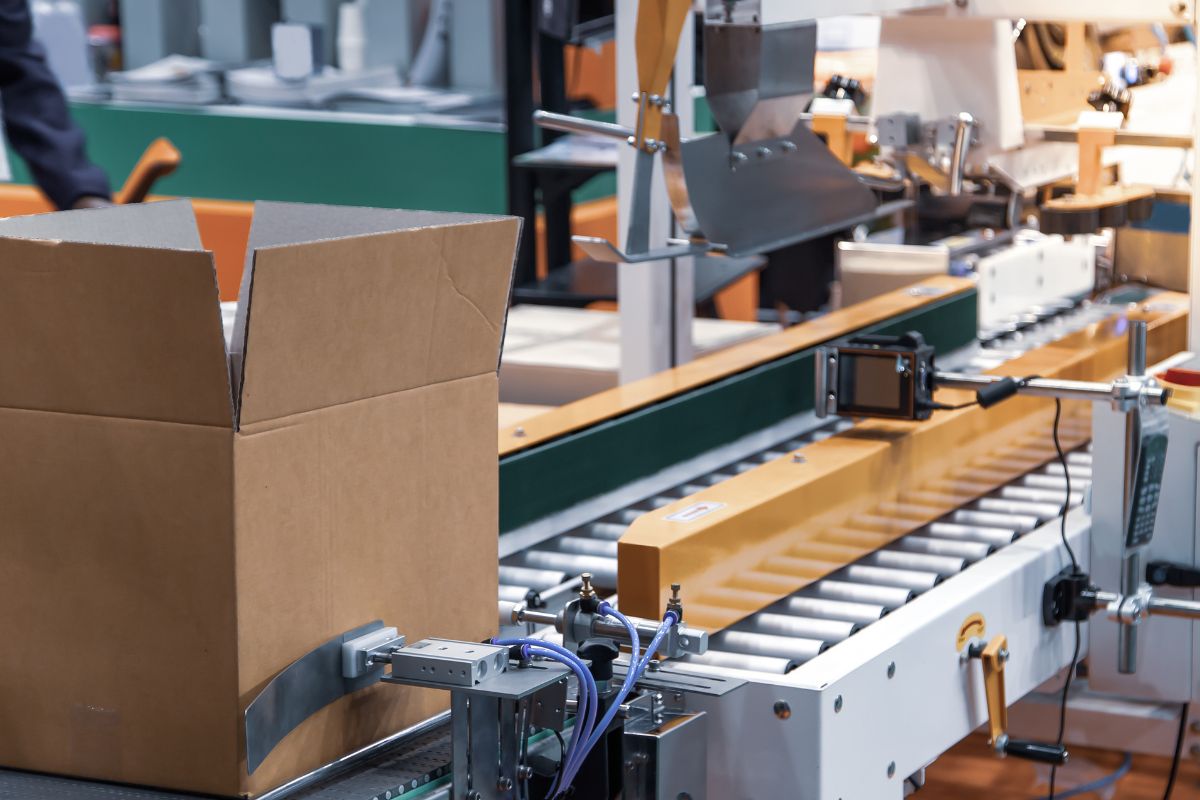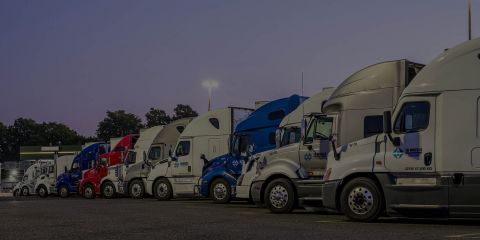
Canada’s logistics industry is evolving quickly. As e-commerce expands, cross-border trade grows, and sustainability becomes a top priority, third-party logistics (3PL) providers are redefining how supply chains operate. Vancouver, as a gateway for global imports and exports, is at the center of this transformation.
Modern 3PLs are no longer just service providers. They are technology-driven partners that connect warehousing, transportation, and data into a unified system that moves products faster, smarter, and more sustainably. Here are five trends shaping the future of 3PL services across Canada’s logistics landscape.
Data-Driven Decision Making Through Supply Chain Visibility
Traditional supply chains relied heavily on manual updates and reactive planning. In contrast, today’s 3PLs are embracing end-to-end visibility powered by real-time data. Using cloud-based transportation management systems (TMS) and warehouse management systems (WMS), logistics teams can track shipments, monitor inventory, and predict potential disruptions before they happen.
For Vancouver-based businesses, this means complete transparency across global routes. From a shipment leaving Asia to its arrival at the Port of Vancouver, every stage is monitored digitally. Predictive analytics help identify bottlenecks early, allowing companies to reroute freight or adjust storage capacity in advance.
This data-centric approach improves efficiency and reduces risk. By replacing spreadsheets and manual coordination with live dashboards, importers and distributors gain faster response times and more accurate forecasting.
Automation and Robotics in Warehousing Operations
Automation has become a defining feature of modern 3PL warehousing. In the past, order fulfillment depended almost entirely on manual picking and sorting. Today, robotics, conveyors, and automated storage systems are being integrated into warehouse design to handle repetitive and high-volume tasks.
Automated guided vehicles (AGVs) transport pallets across the warehouse floor, while robotic arms handle tasks like pallet stacking, scanning, and sorting. These technologies reduce handling time, minimize errors, and help warehouses maintain speed during peak seasons.
In Vancouver, where space is limited and real estate costs continue to rise, automated vertical storage systems are helping 3PLs use cubic space more efficiently. This combination of automation and optimized layout design means higher throughput and faster order turnaround without expanding the facility footprint.
Compared to traditional methods, automation enables 24-hour operations, consistent accuracy, and measurable cost savings in labor and time.
Sustainability and Green Logistics
Sustainability is no longer optional for logistics providers operating in Canada. With environmental policies tightening and customers expecting lower carbon footprints, 3PLs are adopting eco-friendly solutions across every stage of transportation and warehousing.
Electric and hybrid trucks are becoming more common on short-haul routes between Vancouver, the Lower Mainland, and U.S. border crossings. Route optimization software minimizes fuel consumption by reducing empty miles. Within warehouses, energy-efficient lighting, solar power integration, and recyclable packaging programs are becoming standard.
For importers, choosing a 3PL that prioritizes green operations helps align logistics strategy with corporate sustainability goals. It also creates long-term savings by cutting energy costs and improving efficiency.
This shift represents a major improvement over older logistics models, which focused purely on cost and speed. Modern 3PLs now balance performance with environmental responsibility, supporting both business growth and sustainability targets.
Integrated Cross-Border and Multi-Modal Solutions
Canada’s trade network depends heavily on seamless movement between ocean, rail, and road. The future of 3PL lies in integrating these modes into one coordinated system. Instead of treating each leg of transportation as a separate process, advanced 3PLs now manage multi-modal solutions through unified platforms that handle customs, documentation, and tracking in one place.
In Vancouver, where the Port of Vancouver connects to major rail lines and U.S. trucking corridors, integration is especially important. A shipment from Asia can move directly from port to bonded warehouse, then continue by truck or rail to its final destination.
3PLs equipped with customs brokerage and bonded warehousing capabilities simplify this entire process. They ensure compliance with Canadian Border Services Agency (CBSA) requirements while keeping cargo moving efficiently. This approach eliminates delays, reduces paperwork, and improves coordination across transport partners.
It also replaces older, fragmented logistics processes that relied on multiple vendors and manual handoffs, which often led to errors and downtime.
Artificial Intelligence and Predictive Logistics
Artificial intelligence (AI) is shaping the next generation of supply chain optimization. Instead of responding to disruptions after they occur, AI systems can predict them in advance. By analyzing data from weather patterns, port traffic, and carrier performance, AI algorithms help logistics planners make proactive decisions.
In Vancouver’s busy logistics corridors, this predictive capability is especially valuable. AI tools can forecast congestion at port terminals, anticipate customs delays, and recommend alternate routing to avoid bottlenecks.
Machine learning is also improving inventory management. By analyzing buying trends and seasonality, AI helps businesses maintain ideal stock levels and reduce overstocking or shortages. Over time, this creates a more balanced, cost-effective supply chain.
This represents a major step forward from older logistics models that relied solely on historical data. With AI, decision-making becomes forward-looking and dynamic, helping importers stay agile in a rapidly changing market.
Shaping the Next Era of Logistics in Vancouver
As Canada’s logistics sector continues to modernize, Vancouver remains one of its most important gateways. The city’s role in global trade, supported by its ports, rail links, and international connectivity, makes it a focal point for 3PL innovation.
The 3PL providers leading the way are those that combine advanced technology, automation, and sustainability with hands-on industry experience. They are building smarter supply chains that adapt in real time and support the evolving needs of businesses operating in a competitive global environment.
Based in Vancouver, British Columbia, Canada, 18 Wheels relies on experience and integrity to make customers happy and remain on the cutting edge of shipping and logistics management.
If you have any questions about this article or you would like to talk to us about your shipping needs, please call us at (604) 439-8938.
